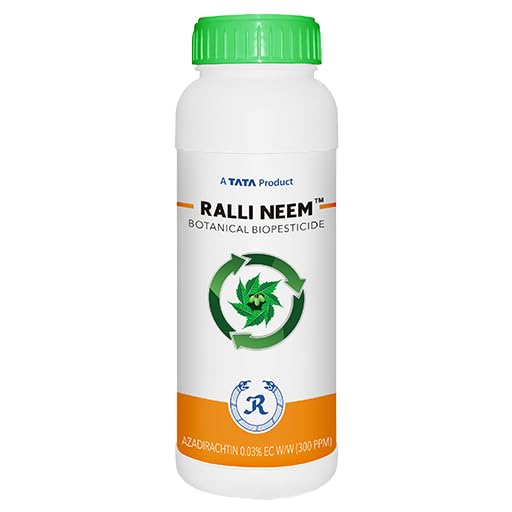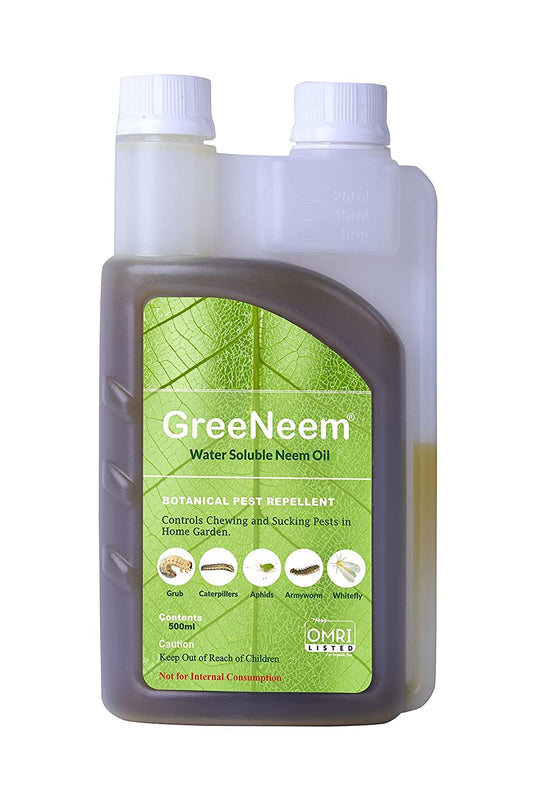
Unlocking Crop Potential: DAP – A Farmer's Essential Guide
Share
In the realm of Indian agriculture, where fertile fields are the foundation of prosperity, DAP (Di-ammonium Phosphate) emerges as a trusted ally for farmers. This FAQ delves into the significance of DAP, providing insights into its composition, benefits, and proper usage, empowering farmers to cultivate thriving crops and reap bountiful harvests.
What is DAP and why is it important for farmers in India?
DAP, or Di-ammonium Phosphate, is a popular fertilizer in India because it contains both Nitrogen and Phosphorus, which are essential nutrients for plant growth. These nutrients are vital for crop development and are part of the 18 essential nutrients that plants need to thrive.
How is DAP made?
DAP is made by mixing Ammonia with Phosphoric acid in special fertilizer plants under controlled conditions. This process results in a fertilizer that is rich in Nitrogen (18%) and Phosphorus (46%).
What makes DAP a preferred choice for farmers?
DAP is favored by farmers because it has excellent physical properties, is easy to handle, and doesn't cause storage issues. When applied to soil, it dissolves in water and has an acidic effect due to the presence of ammonia (NH4), making it readily available to plants.
How does DAP benefit different types of crops?
Farmers can use DAP for a wide range of crops, including sugarcane, cotton, oilseeds, pulse crops, soybeans, and more. It's particularly beneficial for crops like pulses that require higher phosphorus and less nitrogen as a starter dose.
Which crops can benefit from DAP?
You can use DAP for many crops like sugarcane, cotton, oilseeds, pulses, soybeans, wheat, and more. It's especially useful for pulses that need more phosphorus and less nitrogen to start growing.
How should farmers use DAP effectively?
- Soil Testing: Before using DAP, it's essential to test the soil to determine the right amount needed.
- Basal Dose: DAP is ideal for the basal dose as it provides phosphorus and a portion of nitrogen. The remaining nitrogen can be applied later using urea.
- Placement: Place DAP at a depth where plant roots can easily access it to prevent seedling injury.
- Soil Amendments: Adjust soil pH to neutral for optimal nitrogen and phosphorus use. Add gypsum in alkaline soils and lime (CaCO3) in acidic soils to improve efficiency.
Why is soil pH important when using DAP?
Soil pH affects the efficiency of DAP. In alkaline soils, ammonia losses are higher, reducing nitrogen use efficiency. Excessive calcium in alkaline soils can lead to poor phosphorus recovery. In acidic soils, ions like Fe, Al, and Mn can hinder phosphorus use efficiency. Adjusting soil pH to neutral helps improve nutrient utilization.
DAP is a valuable tool for Indian farmers, offering a balanced supply of nitrogen and phosphorus to enhance crop growth and yield. Understanding its properties and proper application techniques can contribute to agricultural success.












